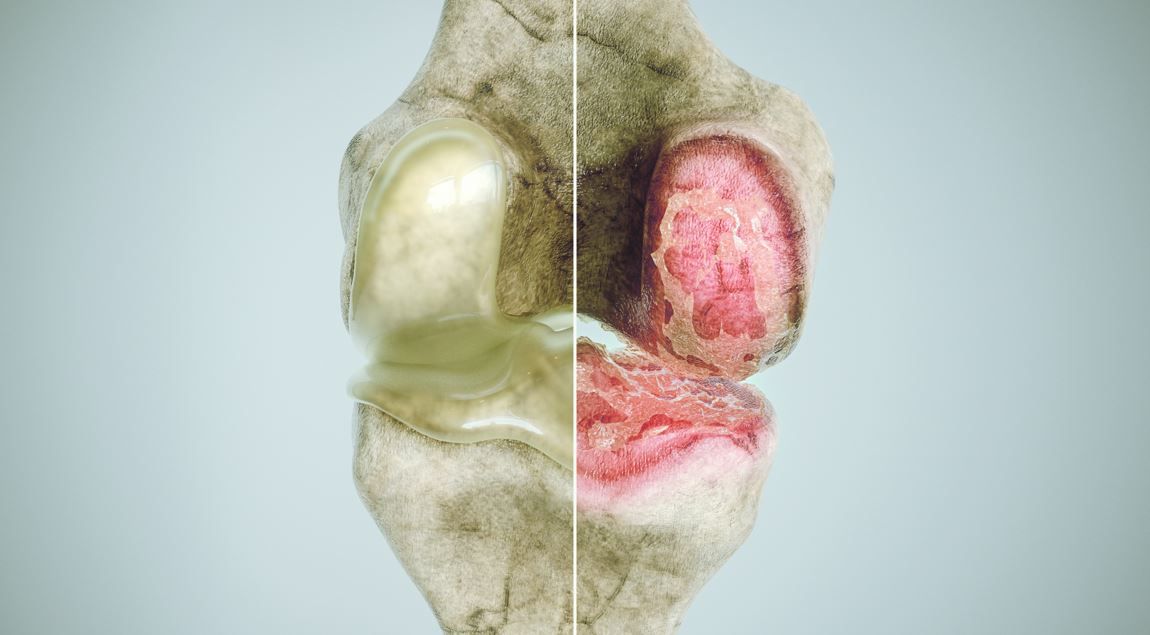An Osteoarthritis Diagnosis of the Future May Be Driven by AI
Researchers have created a machine-learning algorithm that can detect subtle signs of osteoarthritis—too abstract to register in the eye of a trained radiologist—on an MRI scan taken years before symptoms even begin.
(©Crevis,AdobeStock)

Researchers at the University of Pittsburgh School of Medicine (UPMC) and Carnegie Mellon University College of Engineering have created a machine-learning algorithm that can detect subtle signs of osteoarthritis—too abstract to register in the eye of a trained radiologist—on an MRI scan taken years before symptoms even begin, according to a study published in PNAS in September.
Currently, the gold standard for diagnosing arthritis is X-ray, says study co-author Kenneth Urish, M.D., Ph.D., who is associate medical director of the bone and joint center at UPMC Magee-Womens Hospital. “The problem is, when you see arthritis on X-rays, the damage has already been done. It’s much easier to prevent cartilage from falling apart than trying to get it to grow again,” he said.
Many patients with osteoarthritis may ultimately require joint replacement. And, with knee replacement being one of the common surgeries for people over 45, the implications for these findings may be far reaching.
For this study, researchers examined knee MRI data from the Osteoarthritis Initiative, which includes thousands of people who were followed for seven years. This study included a subset of patients who had little evidence of cartilage damage at the beginning of the study.
In retrospect, we now know which of these participants went on to develop arthritis and which didn’t, and the computer can use that information to learn subtle patterns on the MRI scans of presymptomatic people that are predictive of their future osteoarthritis risk, researchers stated.
“When doctors look at these images of the cartilage, there isn’t a pattern that jumps out to the naked eye, but that doesn’t mean there’s not a pattern there. It just means you can’t see it using conventional tools,” said lead author Shinjini Kundu, M.D., Ph.D., who completed this project as part of her graduate training in the Pitt Medical Scientist Training Program and Carnegie Mellon Department of Biomedical Engineering.
To validate this approach, Dr. Kundu, who is now a resident physician and medical researcher at the Johns Hopkins Department of Radiology, trained the model on a subset of the knee MRI data and then tested it on new patients. Dr. Kundu repeated this dozens of times, with different participants withheld each time, to test the algorithm on all the data.
The algorithm predicted osteoarthritis with 78 percent accuracy from MRIs performed three years before symptom onset.
___________________
REFERENCE
Enabling early detection of osteoarthritis from presymptomatic cartilage texture maps via transport-based learning. Shinjini Kundu, Beth G. Ashinsky, Mustapha Bouhrara, Erik B. Dam, Shadpour Demehri, Mohammad Shifat-E-Rabbi, Richard G. Spencer, Kenneth L. Urish, Gustavo K. Rohde
Proceedings of the National Academy of Sciences Oct 2020, 117 (40) 24709-24719; DOI: 10.1073/pnas.1917405117